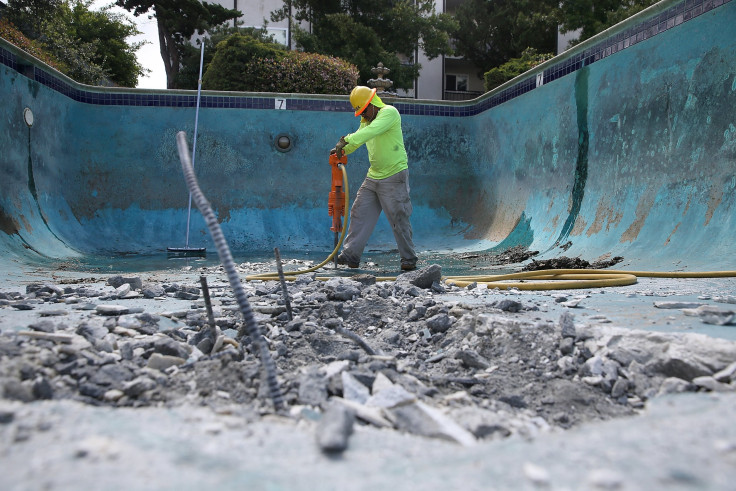Obama Unveils New Rule On Silica Exposure, Long-Awaited Workplace Safety Regulation

The Obama administration unveiled one of the most significant U.S. workplace safety regulations in decades Thursday. The long-awaited federal rule aims to cut occupational exposure to silica, an industrial sandlike substance whose inhalation over time can lead to cancer and the incurable lung disease silicosis.
U.S. Labor Secretary Thomas Perez championed the regulation as a critical life-saving measure while speaking with reporters.
“This is a very important day and a very exciting day for workers, responsible employers and science,” Perez said. “One of the basic bargains in this country is that every worker has a right to come home to their families safe and healthy at the end of a hard day’s work. No one should have to give his or her life to earn a living. Silica has been undermining that basic bargain for too long.”
According to the Occupational Safety and Health Administration, the rule will save more than 600 lives a year. But more than 2 million workers in the U.S. — many of them in the construction trades — are exposed to silica on a regular basis. The process of sandblasting building materials such as concrete and mortar can release silica dust into the air. The oil and gas drilling procedure called hydraulic fracturing, or fracking, also relies heavily on the use of silica-rich sand, putting roughnecks at risk for disease associated with the potentially fatal dust particles.
The regulation has been literally decades in the making. Dating to 1971, the existing standards set limits at 250 micrograms per cubic meter of air over an eight-hour period in the construction industry and at 100 micrograms in other industries. The new rule sets the limit across industries at 50 micrograms, a level the Centers for Disease Control and Prevention recommended in 1974.
The measure came despite objections by businesses and their representatives. The American Petroleum Institute and construction industry groups opposed the regulation. And Marc Freedman, the executive director of labor law policy at the U.S. Chamber of Commerce, blasted the new rule by saying, “The new OSHA regulation is neither technologically nor economically feasible.”
But labor unions and workplace health and safety advocates applauded the move.
“Today millions of workers can literally breathe easier knowing that they will not have to sacrifice their lungs and their lives by working in deadly silica dust,” Rich Trumka, president of the AFL-CIO, the nation’s largest labor federation, said in a statement. “The labor movement has fought for these standards for decades. We will continue to fight to defend these rules from the certain industry attacks that will come, so that workers are finally protected from this deadly dust.”
The regulation takes effect in June. To comply with the rule, some employers must roll out engineering controls — in some cases, as simple as following basic ventiliation practices or using water. The construction industry has until June of next year to comply. The oil and gas industry has until 2021 to fully comply.
© Copyright IBTimes 2024. All rights reserved.





















